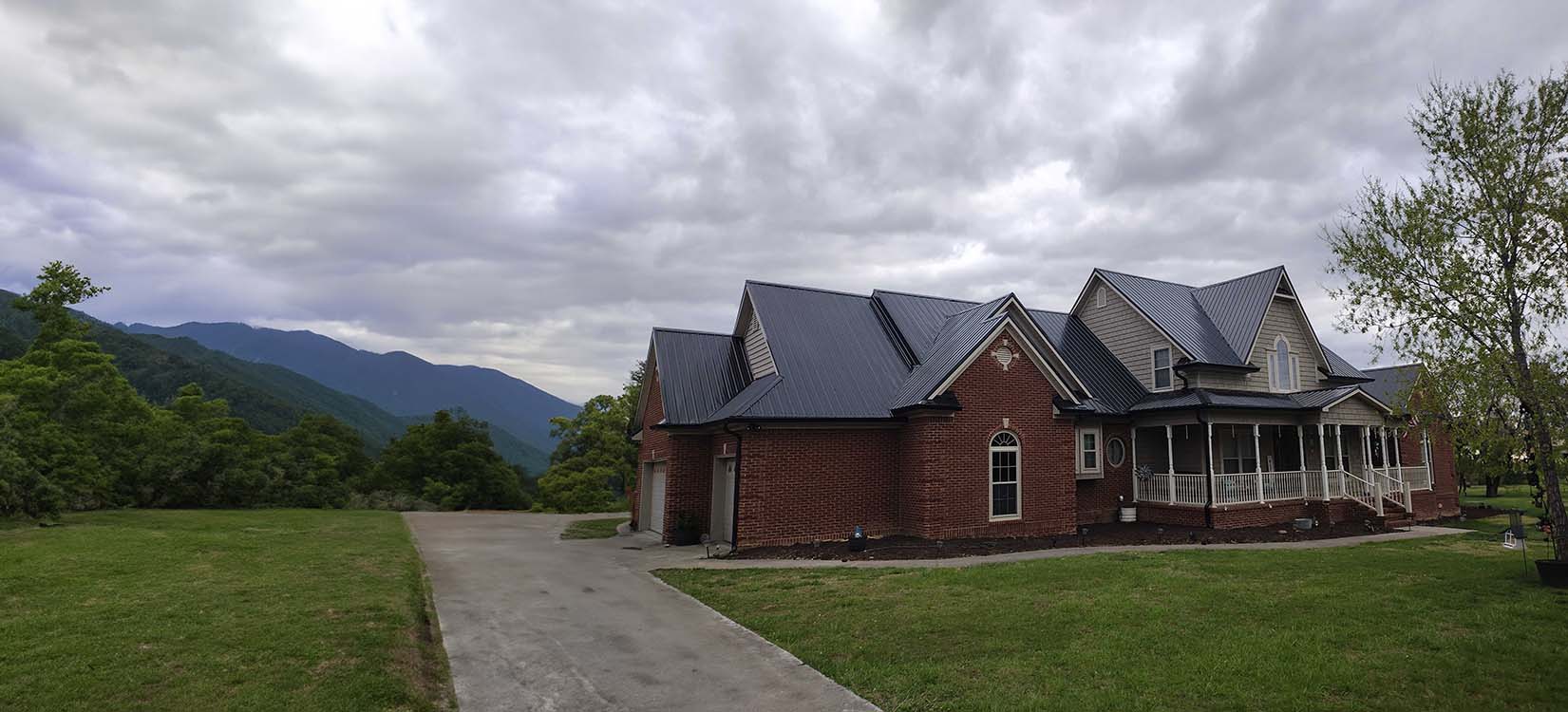

Heavy Snowfall
Your trusted partner for professional home services. Quality workmanship, guaranteed satisfaction.




- HEP
- Heavy Snowfall
Heavy Snowfall | Metal Roofing | Roofing | Mountain City
When Mountain City winters unleash their legendary blizzards, HEP’s heavy-snowfall solutions stand guard over your home. Our craftsmen engineer each panel to shrug off ice dams, channel melting snow, and resist winds that howl down from the Appalachians. The result is a seamless barrier that won’t crack, warp, or surrender under the weight of a record storm—backed by industry-leading warranties and the responsive, neighbor-next-door service HEP is known for.
Choose metal roofing and you gain more than rugged strength; you tap into sleek curb appeal, superior energy efficiency, and a finish that retains its color long after traditional shingles fade. From the first on-site inspection to the final snow-shedding test, we tailor every detail to Mountain City’s elevation and climate, so you can spend winter enjoying the view instead of worrying about what’s overhead.
FAQs
Why is metal roofing recommended for homes in Mountain City’s heavy-snowfall climate?
Metal roofing is naturally strong, non-porous, and has a slick surface that helps snow slide off before it can build up. In Mountain City, where winter storms routinely deliver several feet of snow, these properties minimize structural stress on rafters and reduce the risk of leaks caused by melt-freeze cycles. Additionally, high-quality steel and aluminum panels are engineered with corrosion-resistant coatings that protect against the constant moisture and road-salt laden winds typical of our area.
How does the snow-shedding capability of a metal roof work?
Metal panels have a low coefficient of friction, so freshly fallen snow finds little to grip and is pulled downward by gravity. Roof slopes of 4:12 and steeper accelerate this shedding effect. As the sun warms the metal—even in sub-freezing air temperatures—an ultra-thin layer of meltwater forms between the snowpack and the roof surface, acting like a lubricant and allowing whole sheets of snow to slide off safely, rather than sitting and compacting.
Will a metal roof withstand the weight of ice and snow accumulation?
Yes. Most residential metal roofing systems installed in Mountain City are rated to at least 120–150 psf (pounds per square foot) of live snow load, exceeding local building code requirements. Standing-seam panels are fastened to purlins or a solid deck with concealed clips that allow for thermal expansion without loosening. If an unusual blizzard dumps extremely heavy, wet snow, the roof’s structural framing—and not the panels themselves—bears the load, and metal is one of the lightest roofing materials available, so it adds minimal dead weight.
Do I need snow guards or ice stops on my Mountain City metal roof?
In most cases, yes. Because metal roofs shed snow so efficiently, large slabs can slide off suddenly, creating a hazard over walkways, driveways, HVAC units, and shrubs. Snow guards—or a continuous snow-retention bar—are strategically mounted near the eave to hold the snow in place, letting it melt and release gradually. Your installer will design a layout based on roof pitch, panel profile, and the zones below that need protection.
How do metal roofs perform in terms of energy efficiency during winter?
Contrary to the myth that metal roofs are "cold," modern systems include an insulated deck or a vented attic space that meets or exceeds R-value requirements. Light-colored or reflective metal finishes also bounce winter sun into the attic, where it can slightly warm the space and help melt surface snow. Combined with airtight underlayment and continuous ridge ventilation, a metal roof helps prevent ice dams by keeping attic temperatures consistent and allowing moisture to escape.
What maintenance is required for a metal roof in a heavy-snowfall area?
Metal roofs require minimal upkeep. Visually inspect each spring and fall for any displaced snow guards, loose fasteners at flashings, or sealant wear around penetrations. Clear debris from gutters to keep meltwater moving, and trim back branches that could scrape the paint finish. Avoid climbing onto the roof to shovel unless snow depths exceed your home’s design load; if removal is necessary, use a roof rake with a plastic blade to avoid scratching the coating. With proper installation, you can expect 40–70 years of service with little intervention.